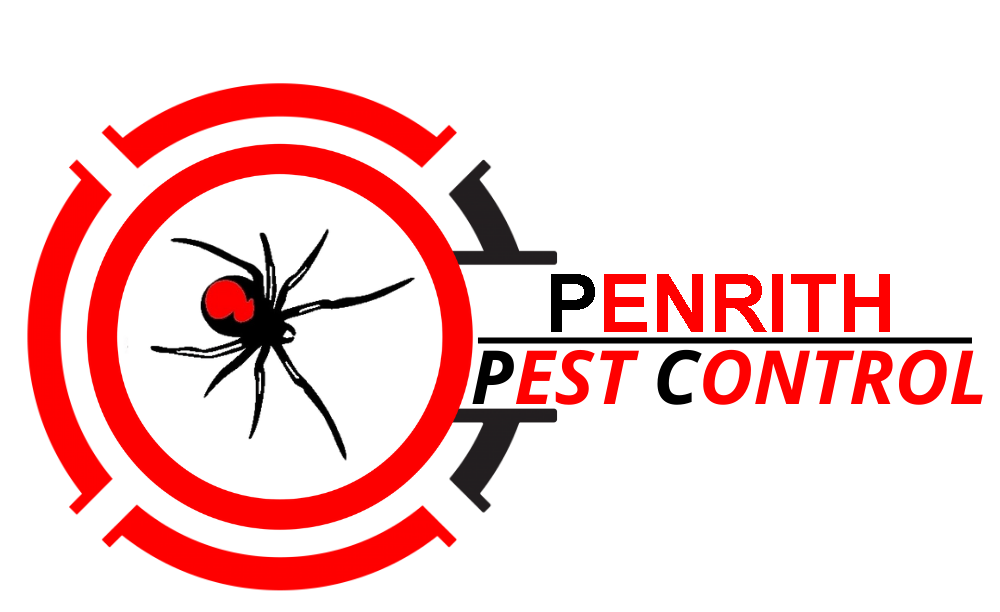If you think you have a problem with Rodent
call Redback Pest Control Sydney now on 1800 733 222 for expert advice
Rodent Control
SPECIES
THE ROOF RAT
(Rattus rattus) or black rat/ship rat is the rat responsible for the Black Plague and the death of millions of people from its flea. Its abilty to climb spread it throughout the world by climbing ships hawsers. It likes to live in trees and roofs of buildings.
THE NORWAY RAT
(Rattus norvegicus) or brown/sewer rat likes to burrow (unlike the roof rat) and prefers to live near water and damp places. It has a thicker body, shorter tail and smaller ears than the roof rat.
THE HOUSE MOUSE
(Mus domesticus) Mice are a much bigger economic problem than rats in Australia, with population densities reaching 32,500 per hectare in plagues. They need much less free water than rats, with a shorter gestation period and at forty-two days, are at nearly half the breeding maturity of the Roof rat.
Mice are distinguished from young rats by smaller heads and feet, larger ears in proportion, and much longer tail.
CONTROL: Baits -Since the 1940’s warfarin, a chronic anti-coagulant has replaced thallium, strychnine and arsenic as a poisonous bait. Since the last ten or so years, rodents have become largely resistant to warfarin. Strains of rats can survive a dose that is many times stronger only ten years ago. Some strains of mice seem largely unaffected by it at all.
A major advance took place in the 70’s with the discovery of brodifacoum and bromadiolone, though resistance is starting to take place. It is worth noting that the roof rat prefers moist foods (use liquid baits) and norway rats prefer dry foods (use cereal baits)
Traps – snap boards and sticky traps should be used as a back-up for baits, or for safety reasons. They should be placed just out from skirting boards, with the bait facing inwards. My favourite is some cocoa sprinkled on some fresh bread. Tie the bread onto the metal with some cotton thread. Tugging will set of the trap.
Gassing – Is used in outdoor burrows, in ships and grain silos by the use of fumigants.
Proofing – In pest control this means the blocking of entry points by physical means such as bird wire, metal sheeting, steel wool or door seals.
Contact Dusts and Gels -Such as Bromatrol dust or Fentrol gel may be used once it is established where the acitvity is situated. You can determine this by the use of talc as a tracking dust.
Prevention -Good hygiene and limiting supply of food and water is the best for preventing rodent infestations.
Rodents are repelled by the smell of mint, camphor and pint tar. Cats and dogs (especially terrriers) are helpful for hunting small numbers of rodents in the early breeding stages.
RODENT PROOFING
Doors, windows, screens and cracked concrete are easy access for rodents. Look for openings near the top of buildings such as roof vents, eaves, overhangs and roof top air conditioning units. Drainpipes need a screen on the bottom as well as the top.
Rodent Proofing Materials:
- Hardware cloth – 19 gauge or heavier
- Perforated Metal – 24 gauge
- Sheet Metal (galvanised) -26 gauge or heavier
- Cement Mortar – 1:3 mixture or richer
CALL 1800 733 222 NOW!
For peace of mind remember to Book a Regular Termite Inspection from Redback Pest Control

